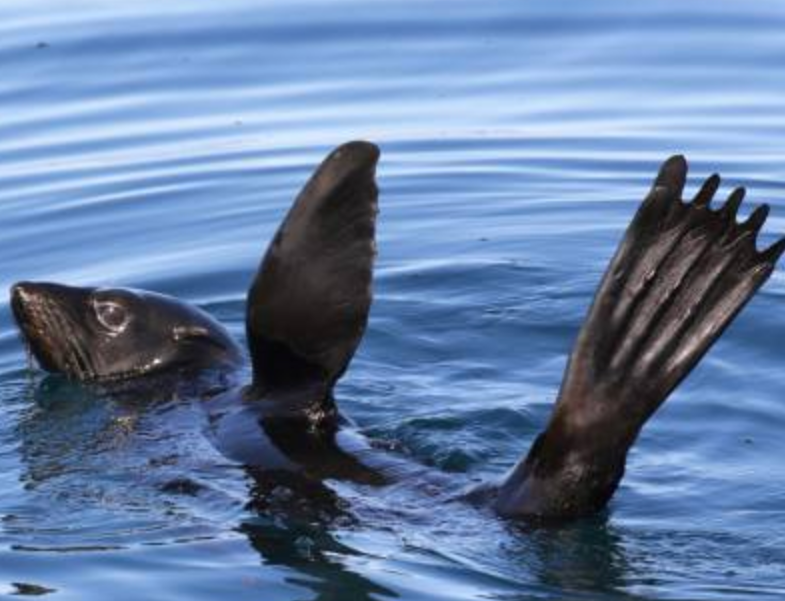Seals, Screens, and Sprats: How Marine Mammals Use Sight to Navigate Murky Waters
Seals may appear playful and awkward on land, but beneath the surface, they are accomplished divers, skilled navigators, and resilient survivors of some of the ocean’s harshest environments. One of the many challenges these animals face is finding their way through murky, low-light waters filled with drifting particles. So how exactly do they manage it?
A group of researchers recently set out to uncover how harbor seals are able to orient themselves when visibility is poor. Their curiosity centered on whether the seals rely primarily on sight, or if other senses—like touch from their sensitive whiskers—play a bigger role in navigation.
To get answers, the team turned to a surprising method: video simulations. Researchers presented three digital scenarios on a large screen, each designed to mimic a different underwater experience. One simulated moving forward in open water, another mimicked a swim along the ocean floor, and the third replicated a journey toward the surface. In each scenario, the visuals created a stream of dots to simulate the motion of particles drifting past as the seal moved.
Three seals—Nick, Luca, and Miro—were shown the simulations and then asked to “vote” on their direction by tapping a red ball. Correct answers were rewarded with sprats, a favorite treat. While Nick and Luca, veterans of this experimental setup, performed well right away, Miro needed more time to get the hang of it. Once he did, though, his accuracy matched that of his companions.
The study revealed that even in simulations of cloudy, particle-filled water, the seals could use visual cues—patterns called optic flow fields—to figure out which direction they were moving in. While they weren’t quite as precise as humans or rhesus monkeys in these tasks, their performance was still impressively reliable.
The research team, led by Frederike Hanke, emphasized that occasional errors likely reflected fluctuating attention or motivation—after all, seals are living beings, not programmed machines. Plans are already underway for more advanced tests that explore how drifting particles from sea currents might influence their navigation.
This research, published in The Journal of Experimental Biology, shines a light—albeit dim and simulated—on the remarkable abilities of seals to find their way through some of the ocean’s murkiest challenges.

